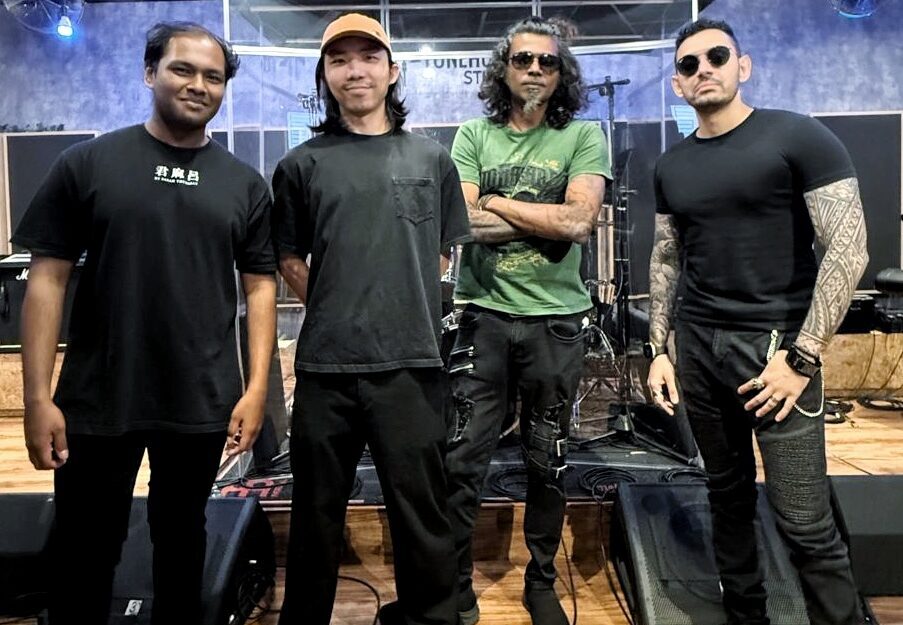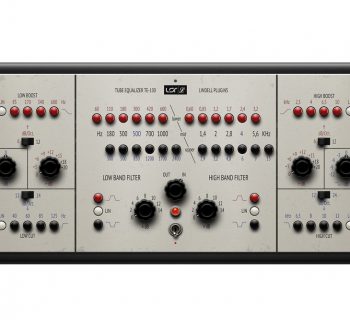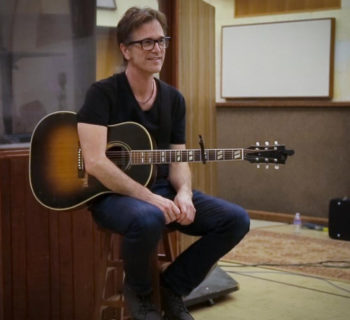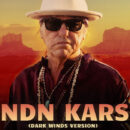In the labyrinthine alleys of Soho, London—where boutique coffee shops meet iconic music history—Dean St. Studios has become something of a sonic temple. This is where platinum recording and immersive mix engineer Kurt Martinez isn’t just working; he’s orchestrating audio that orbits your head in Dolby Atmos. And as it turns out, one of the secret weapons in his multi-dimensional toolkit isn’t a rare vintage mic or the ghosts of rock legends past—it’s a suite of plug-ins from NUGEN Audio.
Dean St. Studios was among the earliest adopters of Dolby Atmos, jumping into spatial audio long before it was cool (or at least before it came bundled with a smartphone). The studio even built a dedicated Dolby Atmos suite just for the job. It’s here that Martinez spins his spatial sorcery, mixing chart-topping tracks and cinematic soundscapes.
And to keep all that immersive audio in line? Enter NUGEN.
“When I first came to Dean St. Studios, Studio 1 was already equipped with NUGEN Audio, so I had the chance to get a feel for each of the plug-ins,” Martinez shares. A statement from the company discloses that he was so impressed, “it was a no-brainer to double-up and equip the Atmos studio with a NUGEN suite as well.”
Martinez isn’t shy about his affection for one tool in particular: NUGEN’s VisLM loudness meter. For those who’ve never had to worry about mixing a track that conforms to both the laws of physics and the Apple Music loudness standard, VisLM is like a sonic GPS that keeps your mixes from accidentally blowing out a satellite.
“I continually use it on everything; it was even in my workflow during the early days when we had to print in real time,” he says. “Now, I’ll bounce to a single, offline the audio file and then take a reading with VisLM to keep things quick and convenient.” Because if there's one thing worse than clipping, it’s waiting.
Martinez uses VisLM to ensure every mix meets the standard -18 LUFS (Loudness Units relative to Full Scale) benchmark for Atmos music. “When I start any sessions, we use the stereo master as a reference point. For Atmos music, the standard is 18 LUFs, so I’ll bring the stereo down to minus 18 LUFs and use VisLM to ensure that’s all in line.”
In other words: even when audio is flying around in 360 degrees, Martinez makes sure the levels stay grounded.
While the average listener might not notice the meters behind the music, pros like Martinez rely on tools like NUGEN to keep immersive audio sounding heavenly—without floating off into the mix-mastering abyss. It’s all part of the balancing act that makes Dolby Atmos not just a buzzword, but a real listening experience.
So the next time you’re enjoying an Atmos track and feel like the music’s swirling just right, tip your headphones to the guy in Soho—and maybe to a humble little plug-in suite that’s doing the heavy lifting behind the scenes.














